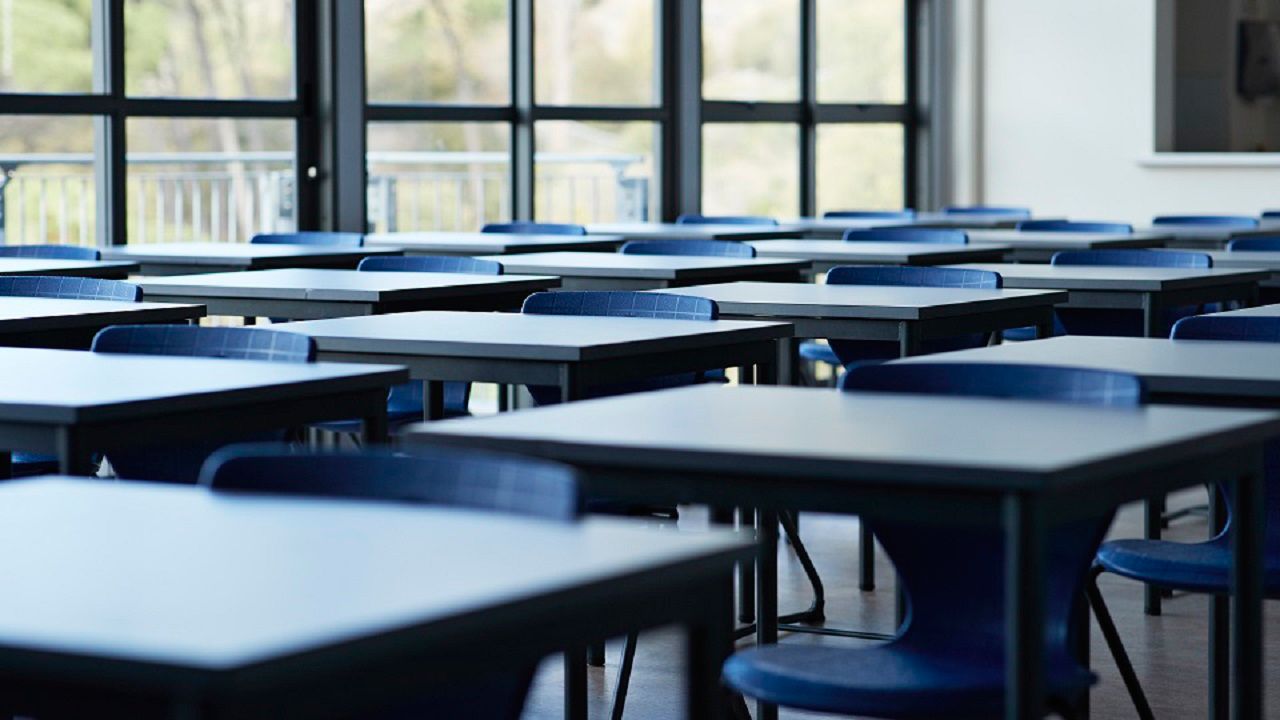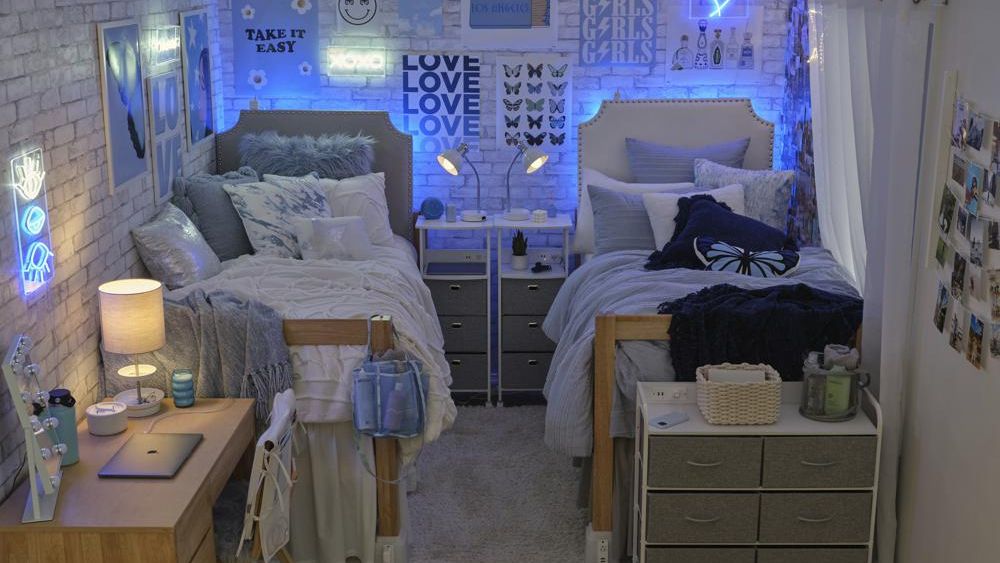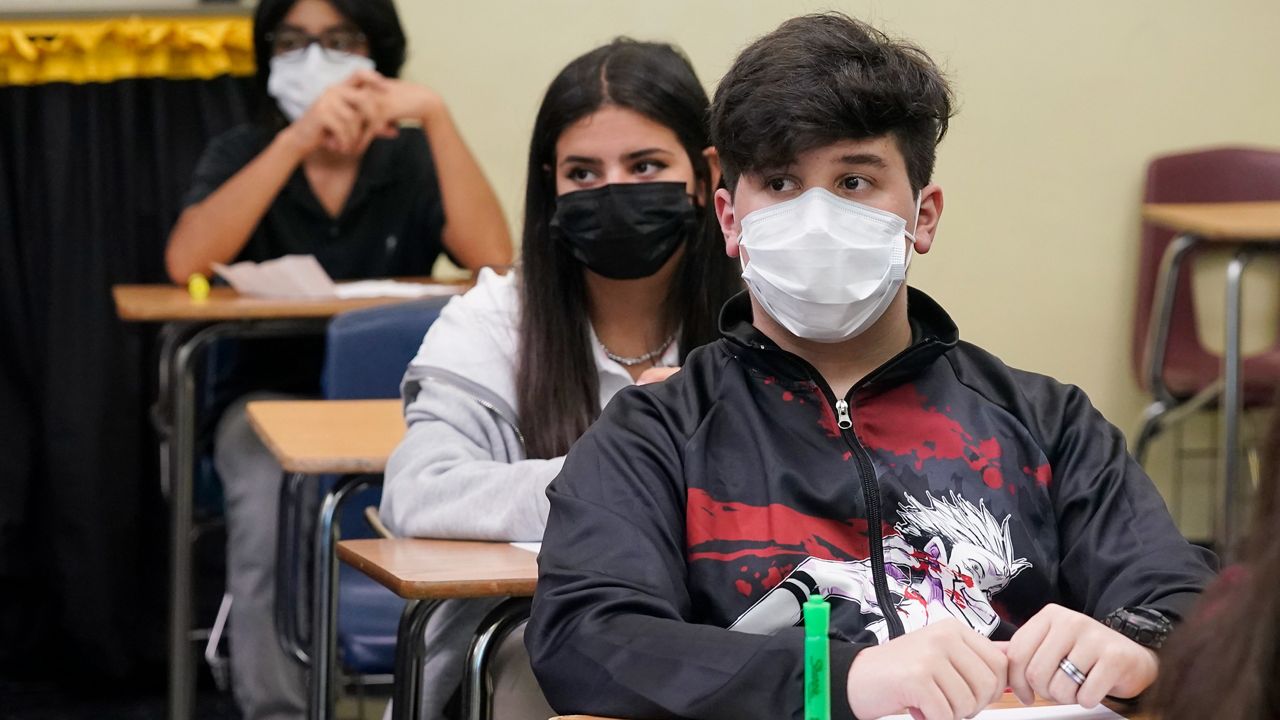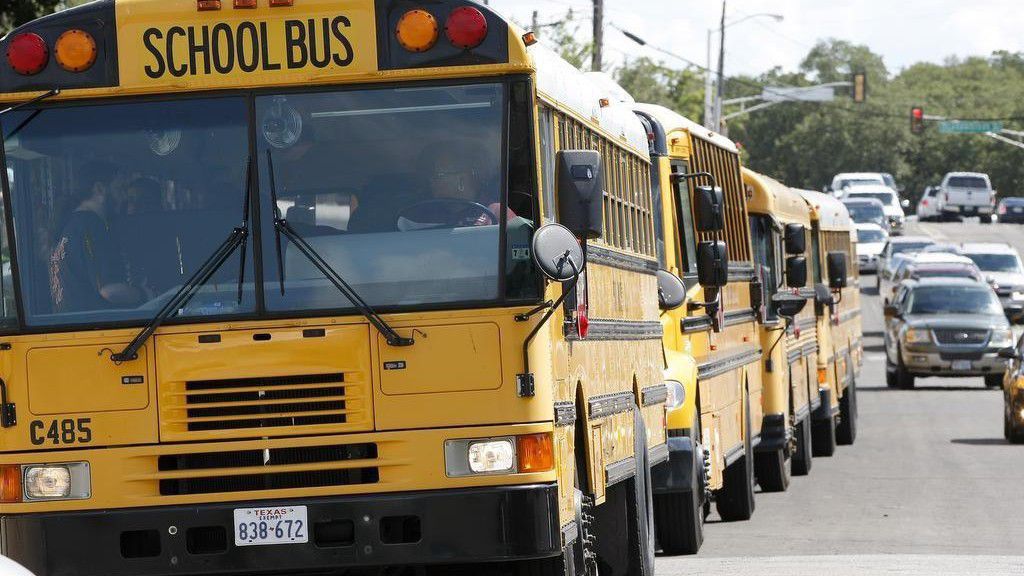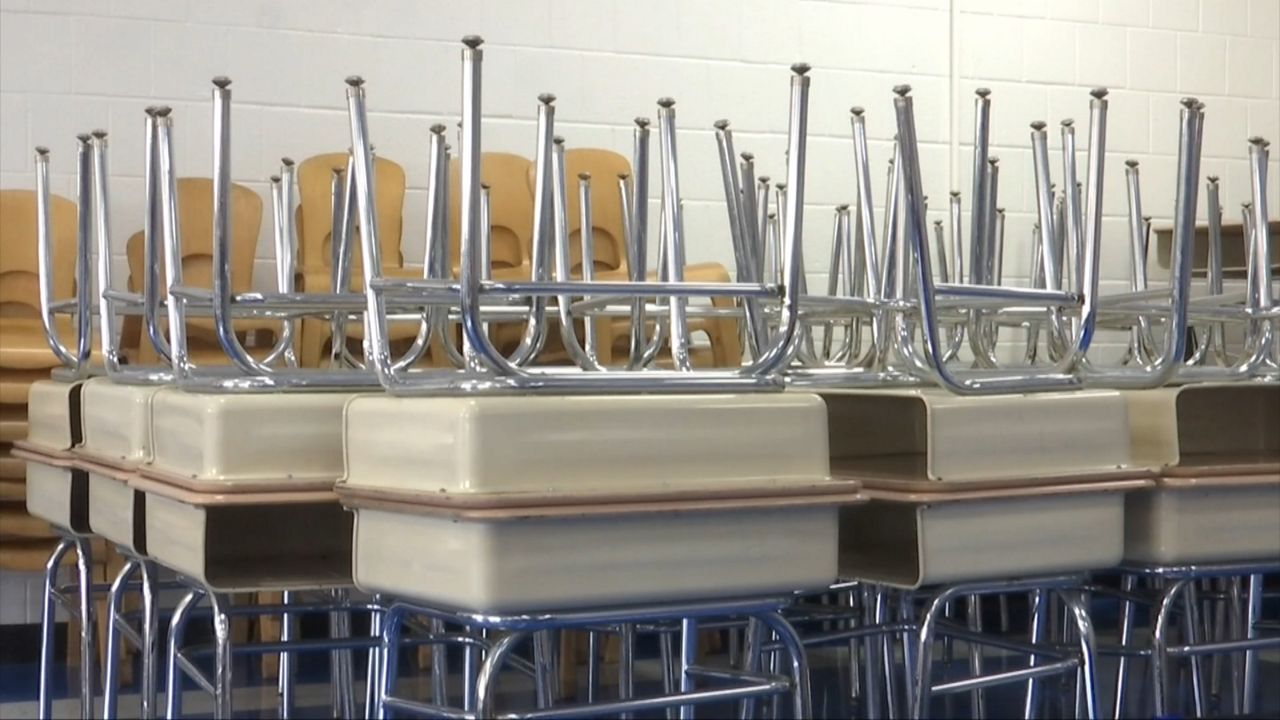More than 110,000 New York City students are homeless — either living in shelters or in unstable, temporary housing arrangements, a new report from the organization Advocates for Children says.
It’s the fifth year in a row the number has topped 100,000, and the figure means that one in ten children in city public schools is homeless.
Of those children, 32,700 are residing in city homeless shelters. Another 73,000 are in situations the organization refers to as “doubled-up,” typically when a family is staying in the home of a friend or relative, often with many people in a small space.
The crisis is most acute in the Bronx, the study found, where one in six students was homeless.
Overall, the numbers represent a decline of %2.2 from the prior school year, but Advocates for Children warns the closure of school buildings due to the pandemic may have made it harder for schools to identify changes in a child’s living situation.
“The vast scale of student homelessness in New York City demands urgent attention,” said AFC’s executive director, Kim Sweet. “If these children comprised their own city, it would be larger than Albany, and their numbers may skyrocket even further after the state eviction moratorium is lifted. The city must act now to put more support in place for students who are homeless.”
Students who are homeless face steeper odds than their peers: only 29% of those in grades three through eight were reading proficiently in 2019, 20 points lower than their peers in permanent housing, according to the report.
The pandemic has only made this gap worse: for many homeless children, school buildings are one of the only stable places in their lives. And remote learning can be difficult — or impossible — in crowded apartments without a private place to study, or in city homeless shelters without adequate internet access.
The city has pledged to install wireless internet in every homeless shelter housing children, but it says it won’t be able to finish that job until this summer.
“Learning from home is much harder when you don’t have a permanent home,” Sweet said. “The city must ensure that every student who is homeless has the technology and support they need during this period of remote and hybrid learning. And as the public health situation evolves, we need to prioritize offering these students the option of getting back into the classroom full-time and providing them with the help they need to make up for lost learning.”




